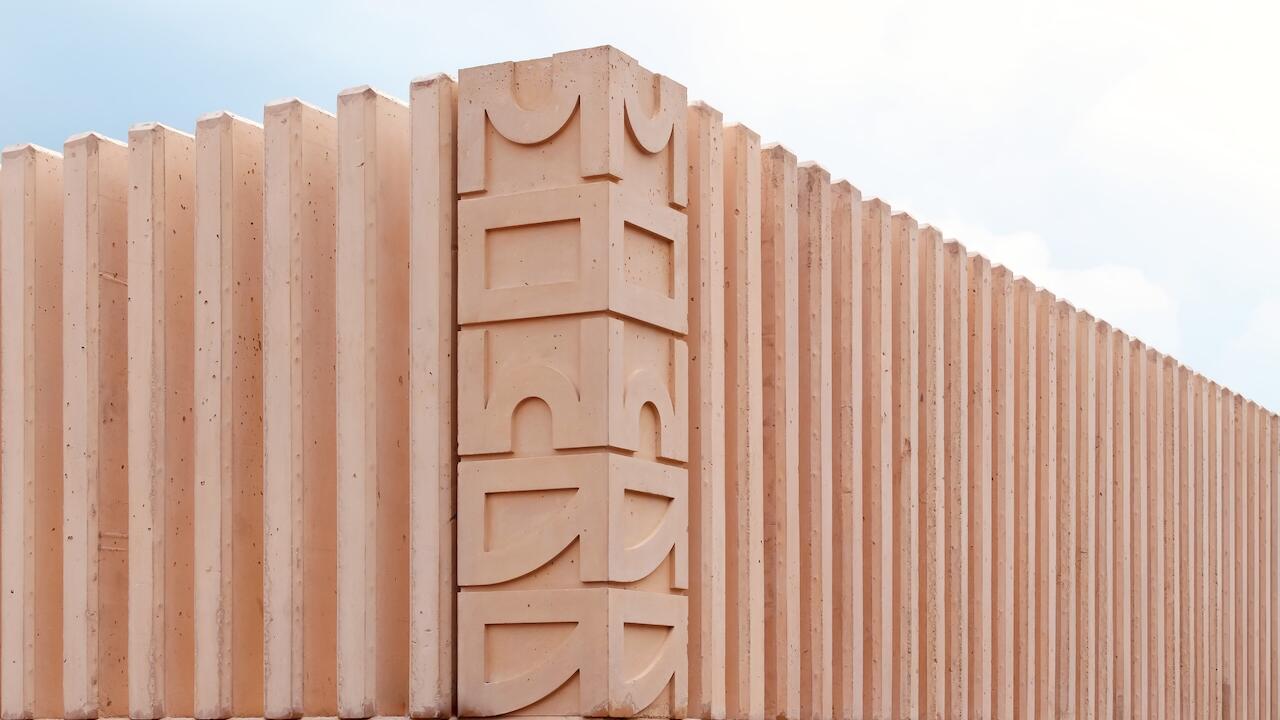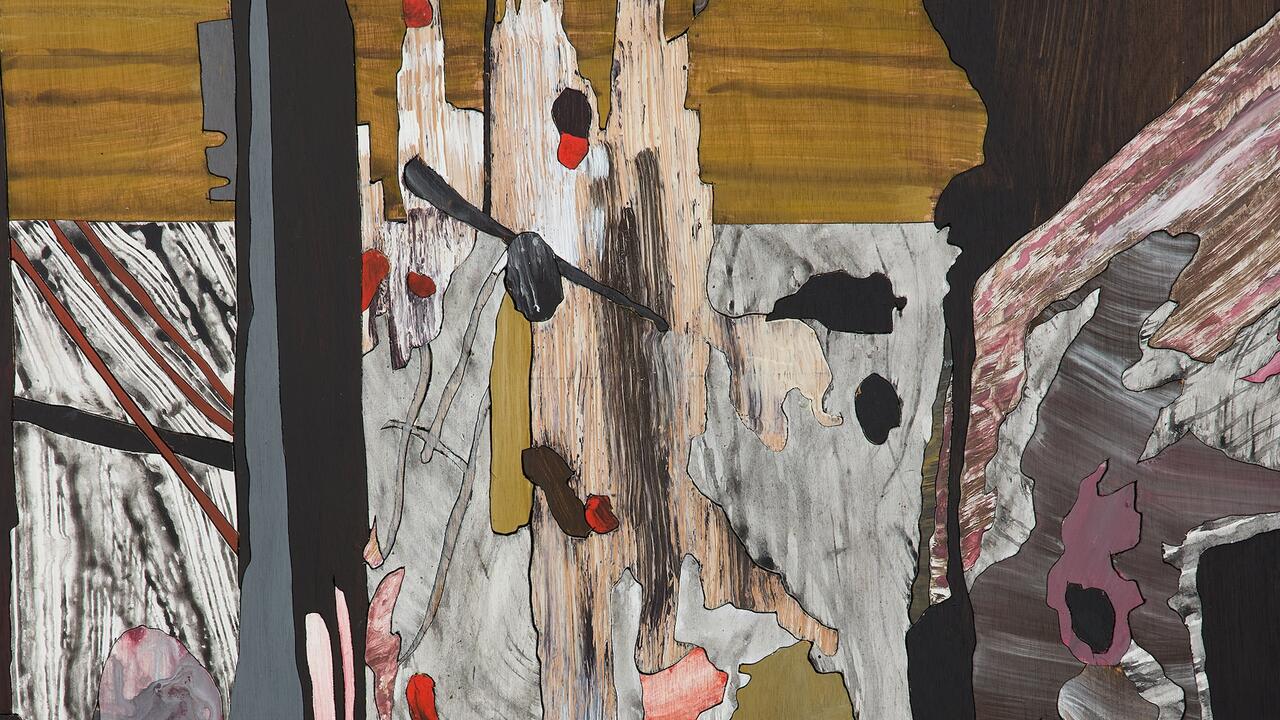Lyon Biennale
Various Venues
Various Venues
The seventh Lyon Biennale takes its title, 'C'est Arrivé Demain' (It Happened Tomorrow), from a 1944 film by René Clair. In the movie, every morning a journalist is inexplicably delivered the following day's newspaper, a stitch in time that allows him to scoop his peers until - finally, fatefully - he spots his own picture on the obituary page.
As biennale names go (and they can go very, very badly) 'C'est Arrivé Demain' is good. Gently humourous, it hints at the paradox at the heart of the predictive model of exposition-making - 'what if?' scenarios, which, by their very nature, shape what is to come. Featuring over 50 artists, the Lyon Biennale - curated by Robert Nickas, Anne Pontégnie, Eric Troncy, Xavier Doroux and Frank Gautherot of Dijon-based Le Consortium - doesn't so much posit an alternative as ask a question: 'If the future is programmed, can we stop it from happening?' The answer, strangely enough, is in the promotional poster, designed by M/M Paris. Here the words 'C'est Arrivé' appear in the same typeface as the title of Robert Zemeckis' film Back To the Future (1985), in which Michael J. Fox time-travels from the 1980s to the 1950s, bringing his parents together, 'inventing' Rock 'n' Roll and unwittingly making his own tomorrow a brighter place. The Lyon Biennale's curators adopt a similar strategy, revisiting the art of the (mostly recent) past in order, they hope, to save the future from itself.
The ground floor of La Sucrière, the biennale's largest venue, resembles a son et lumière orchestrated in a sublime, broken heaven. Near the entrance two vast orange Olivier Mosset canvases eyeball each other across a blank space. Caught between them, the viewer's face is bathed in a tangerine glow. Carsten Höller's nearby Neon Circle (2001) enhances this effect, its sputtering white strip-lights lending Mosset's pigment a hot, matchstick phosphorescence. Past the snaily genitalia of Betty Tompkins' beautiful 'Fuck Paintings' (1971-4), Claude Lévêque's Valstar Barbie (2003) occupies the floor's final, rather grotty room. The windows have been lined with pink plastic, the pillars ringed with pink light bulbs, and two of the walls wear thin, fabric skirts. Swelling music plays, and a series of desktop fans churn the cloth like it's a thick, raspberry milkshake. A study in economy, it's a wonderful piece, supporting Le Consortium's assertion that art is 'not transversal, not mediatory, but a language in its own right'.
Elsewhere in La Sucrière, Trisha Donnelly's video Untitled (Jump) (1999) reinterprets Pete Townshend's stage antics as a kind of Pilates, and Didier Marcel's installation Classique (2003) casts a Lynchian spell. Here revolving corduroy firs flank an anonymous Citroën, their slow grind suggesting the ordinariness of roadside tears. A few rooms away the photographer and filmmaker Larry Clark is treated to a mini-retrospective - La Sucrière's only bum note. In contrast to other well-known works in the show (including sculptures by Franz West and Martin Boyce), Clark's pervy-uncle images of adolescents seem both flabby and long ago absorbed. Their only purpose, here, is to sound a pointless note of (non-)transgression.
At the Musée d'Art Contemporain the biennale's curators take a more robust approach to art's restaging. Widely shown last year, Pierre Huyghe's Untitled (Light Show) (2002) - a lamp-rigged music box made with entertaining penguins in mind - is here surrounded by an Antarctica of polystyrene slabs. It's a neat nod to how a work's meaning becomes clearer with its every showing, and a superb counterpoint to Xavier Veilhan's Hyperrealist Project (2003), a pitch-black chamber in which paintings by Richard Estes and Robert Bechtle seem to float, their pin-sharp 1970s Photorealism sundered from history and the sensible world. Two floors below Veilhan's Oubliette, the bauble- and trident-studded wall of Robert Grosvenor's Untitled (1997) attests to Le Consortium's belief that 'certain recent works by artists who have long been on the scene are at least as relevant as those of new arrivals'. They are, I suspect, right - if you're looking for daffy sculptural intuition, Grosvenor beats Gary Webb (on show at La Sucrière) into an oddly cocked hat.
Despite some unpredictable disappointments (notably new films by Rodney Graham and Philippe Parreno, at the Institut d'Art Contemporain), the Lyon Biennale is a success - largely because it allows art to breathe, refusing to predict its future or parade it under a glib political banner as though it were not art at all but (to paraphrase the poet John Ashbery), an ambulance speeding to our rescue. Le Consortium's exposition demands a different vehicular analogy: Michael J. Fox's gull-winged DeLorean time machine.























